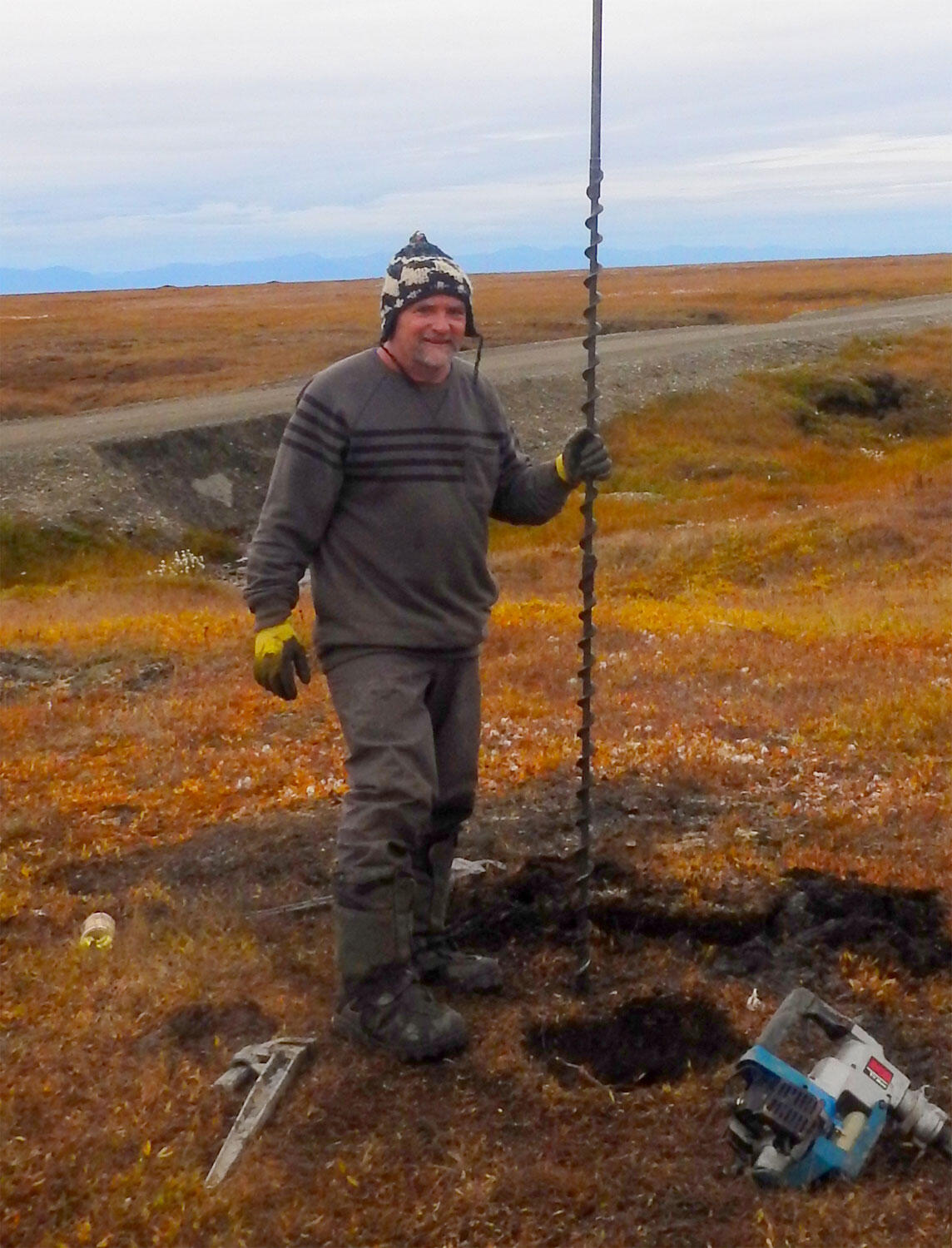USGS Scientist Takes Post with the International Atomic Energy Agency in Monaco
USGS research oceanographer Peter Swarzenski has taken a post as the head of the Radioecology Laboratory laboratory at the International Atomic Energy Agency.
“Atoms for Peace”is the mission of the International Atomic Energy Agency (IAEA), where U.S. Geological Survey (USGS) research oceanographer Peter Swarzenski will take a post as head of the Radioecology Laboratory in Monaco.
Swarzenski has spent nearly two decades at the USGS, split almost evenly between the Coastal and Marine Geology teams in St. Petersburg, Florida, and Santa Cruz, California. Now his background in isotopes and oceanography will take him to IAEA’s Radioecology Laboratory in Monaco. The lab investigates coastal and marine issues that can be tracked using radioactive isotopes. Projects include climate change impacts to coastal systems, ocean acidification, metal pollution, harmful algal blooms, and deep-sea corals. Swarzenski will live in nearby Menton, France, with his wife and children.
Big life moves are not new to Swarzenski. Born in Pakistan, he moved to Santa Barbara, to Kenya, and then to Switzerland, before returning to the U.S. to attend high school. A connection to water and travel runs in the family; his dad, Wolf Swarzenski, was a pioneer in groundwater research, working in the U.S. and abroad as a research hydrologist for the USGS.
Many associate IAEA with its efforts to promote the peaceful use of nuclear energy, or with world-class radio-isotopic calibration standards. Swarzenski, however, sees a clear connection between oceanography and IAEA. He believes they have some of the best oceanographers on staff, and their strong interests in climate change and coastal ecosystems resonate with him. The global aspect to IAEA’s work and connecting with IAEA’s member states, which encompass 167 countries, appeal especially to Swarzenski, whose father instilled in him that “science should stand in service to man and not become an end to itself.”
“IAEA strives to help make the ocean and coastal communities more resilient to future pressures,” Swarzenski says. “It’s not enough to just study something, we have to strive to make things better.”
Swarzenski’s USGS contributions have ranged from developing the former “Leaky Coastal Margins” project in St. Petersburg to starting the Coastal Aquifers project at the USGS Santa Cruz office. So, naturally, it’s his USGS colleagues and their science he will miss the most. “Working for the Coastal and Marine Geology Program has been an incredible experience—I’ve never had a bad day in the office,” says Swarzenski. Always bright and smiling, he’s humbled by this opportunity to expand his scientific horizons with IAEA. He will start his new position in the spring of 2016 but plans to stay connected to his USGS colleagues and projects.


